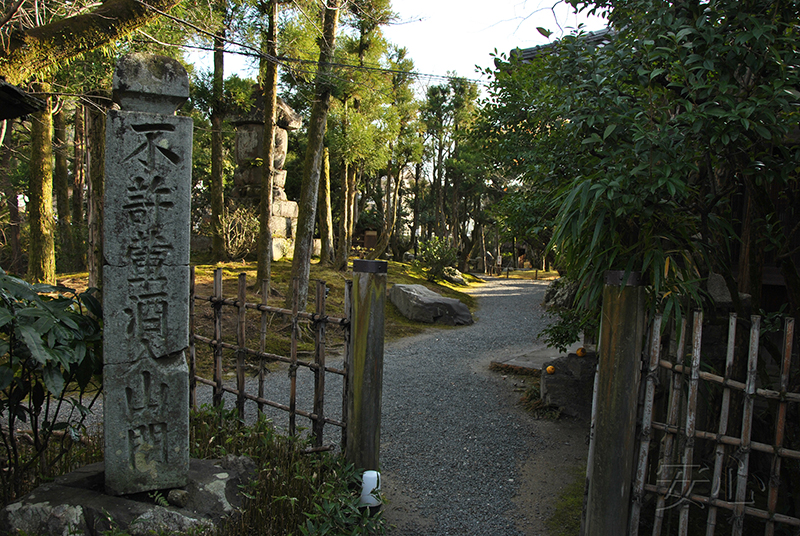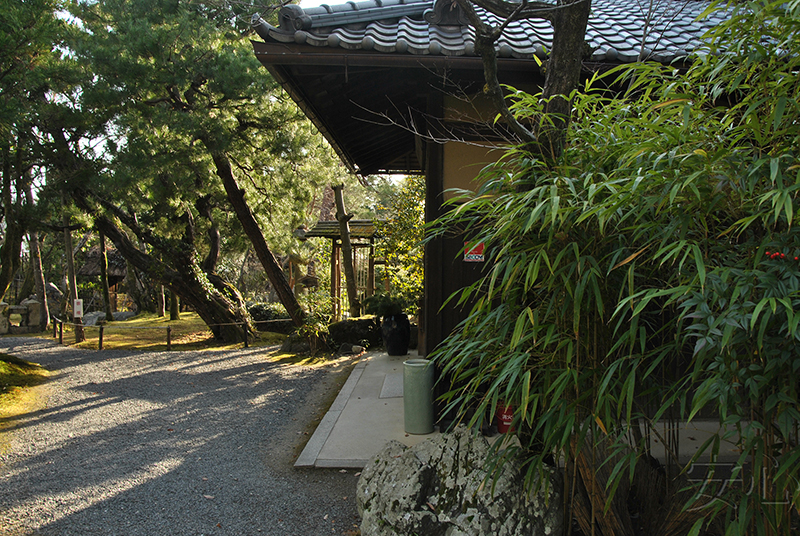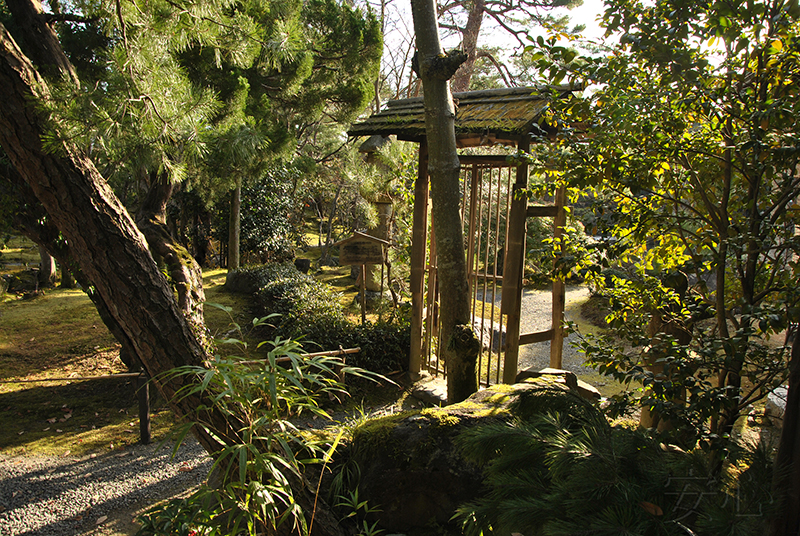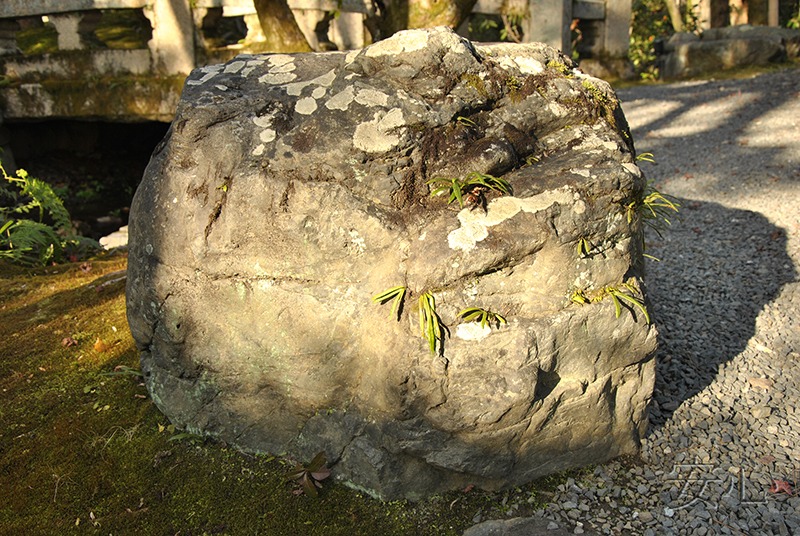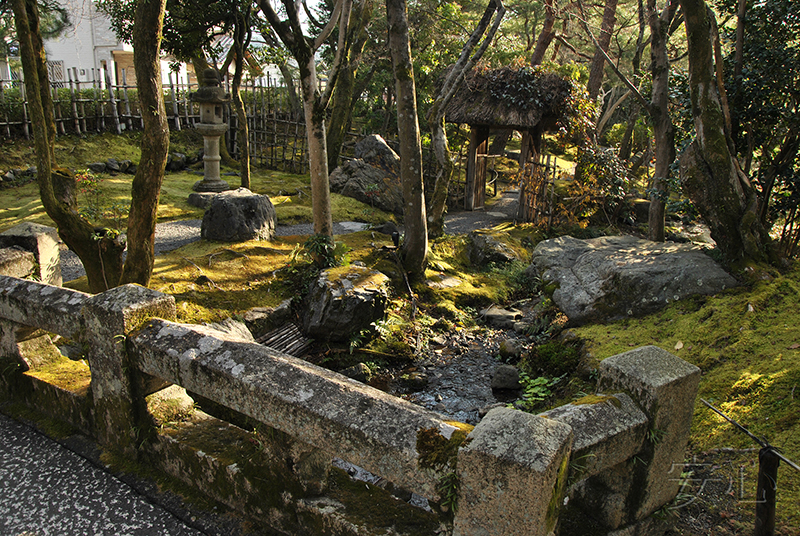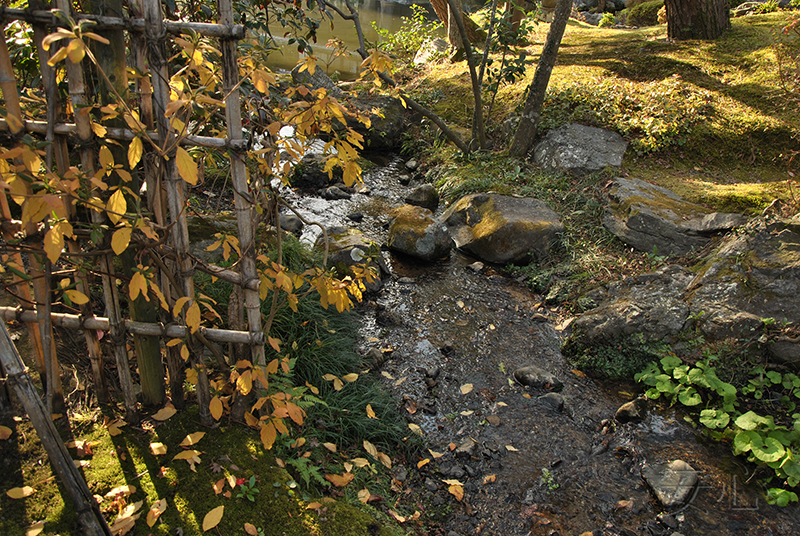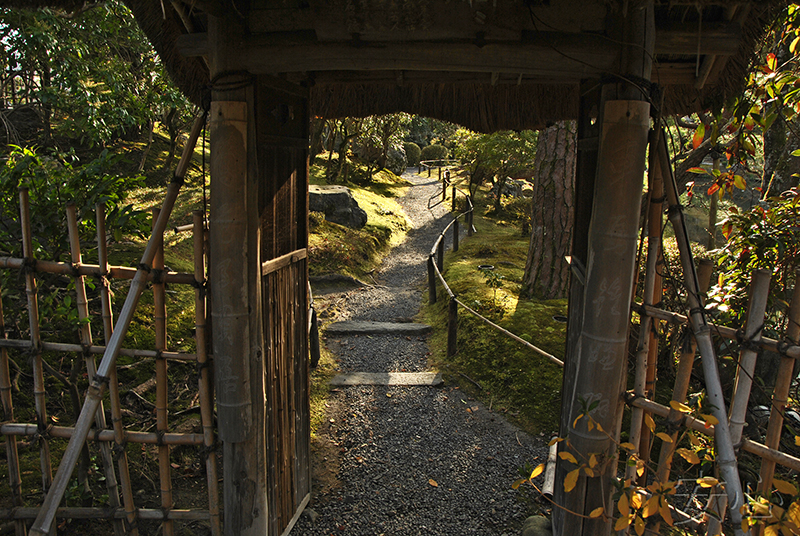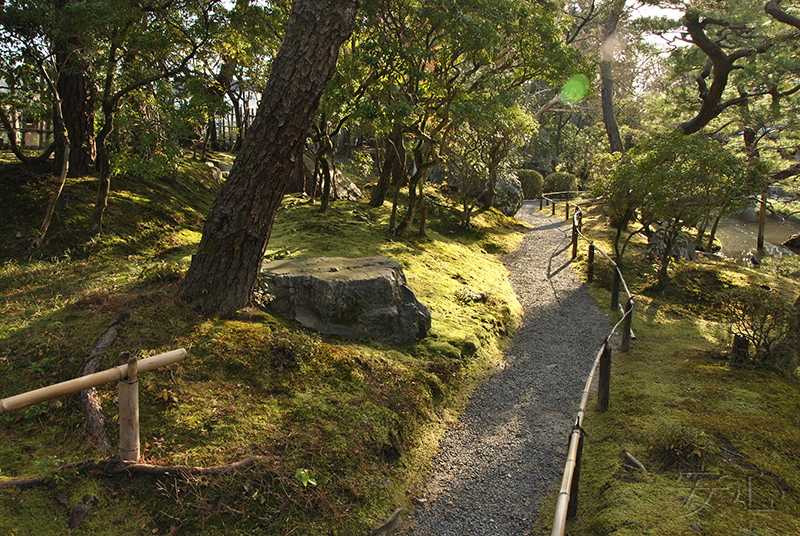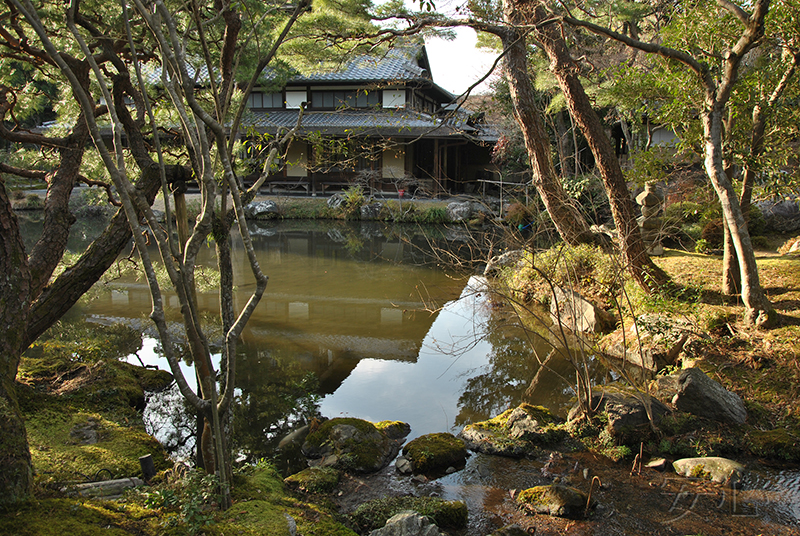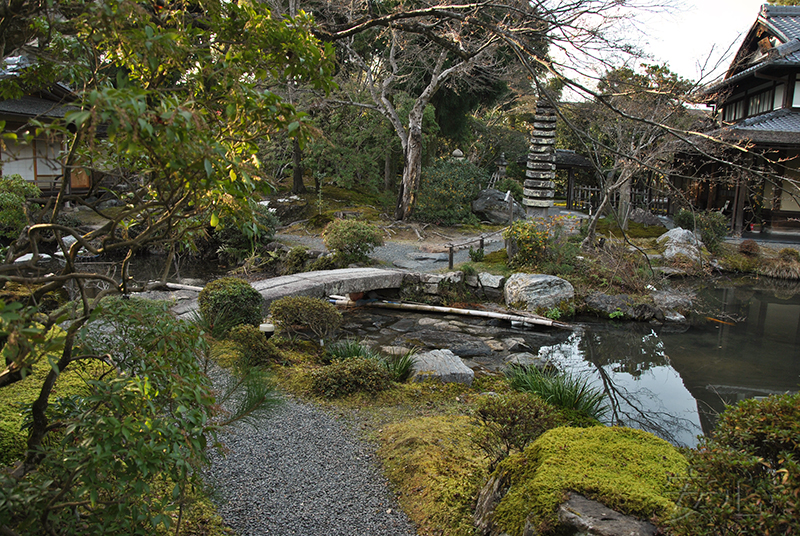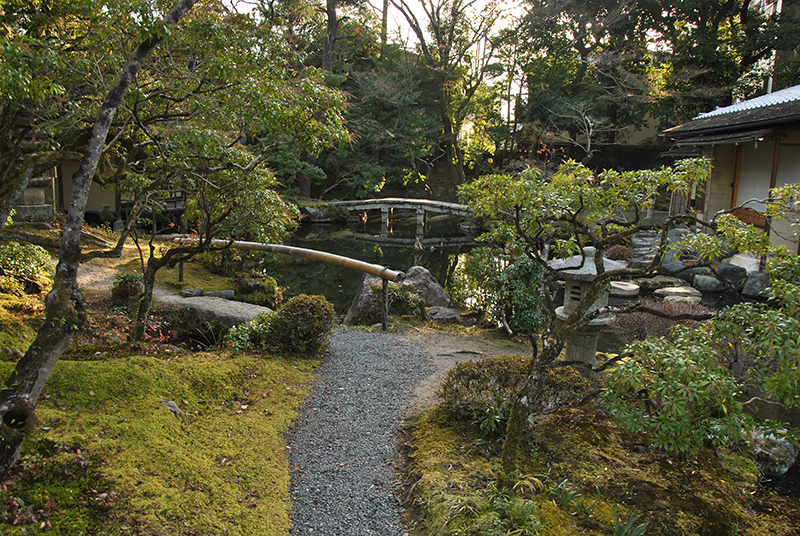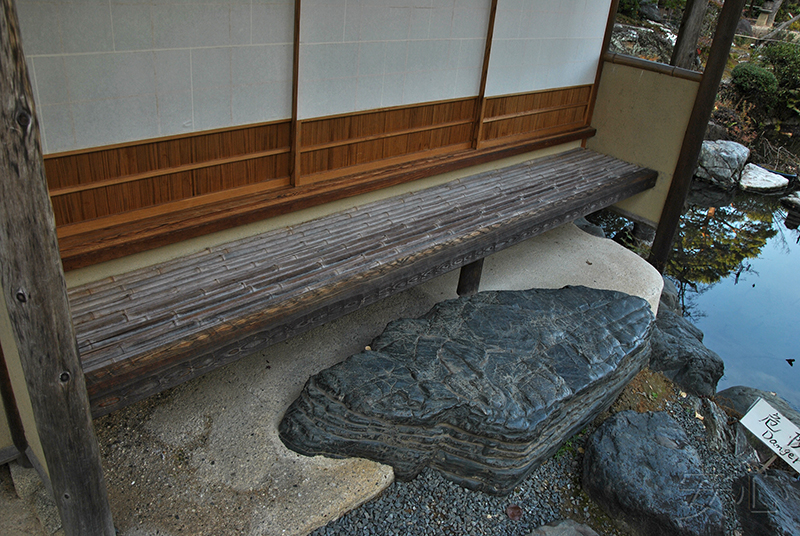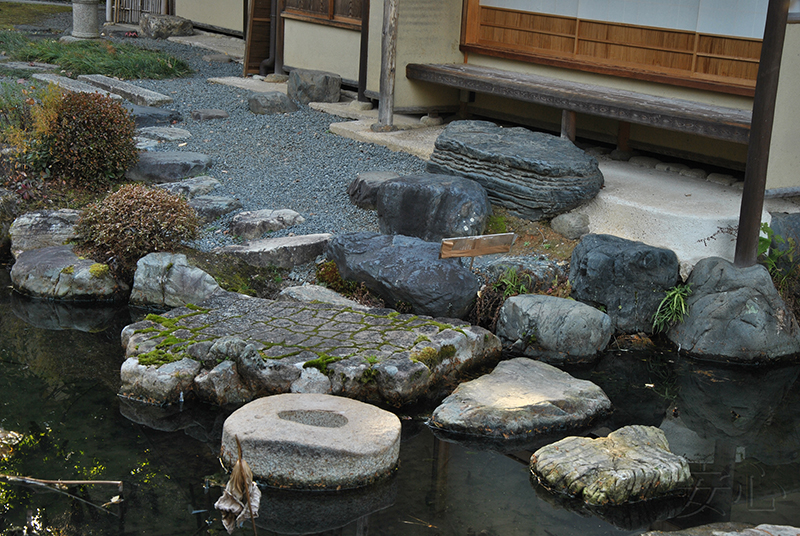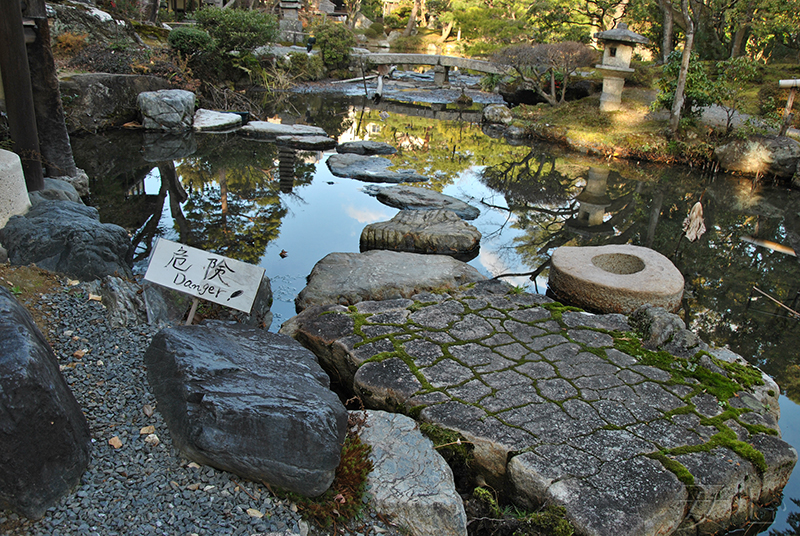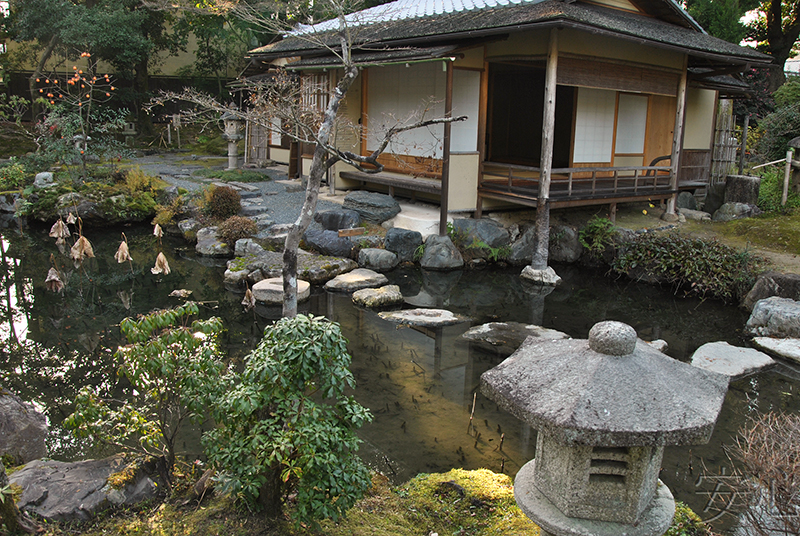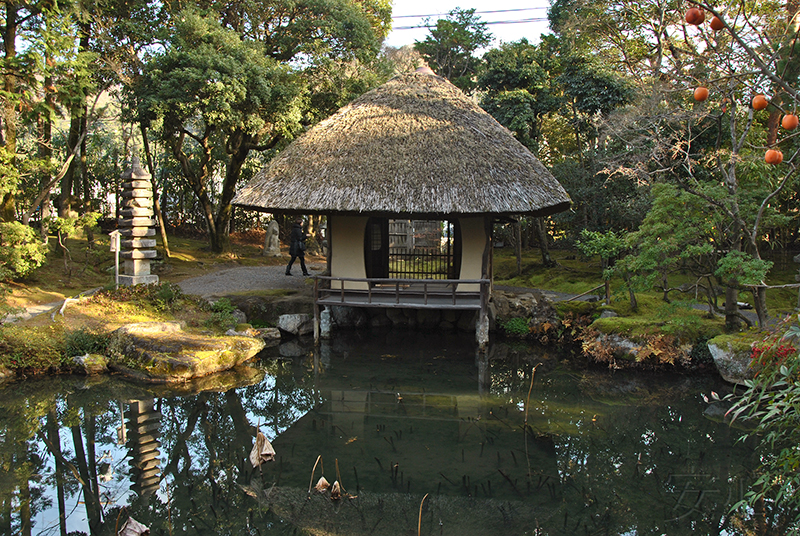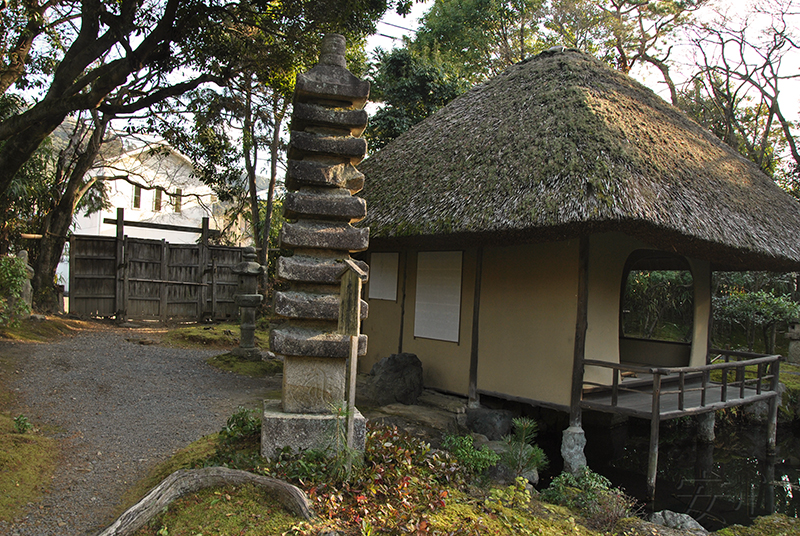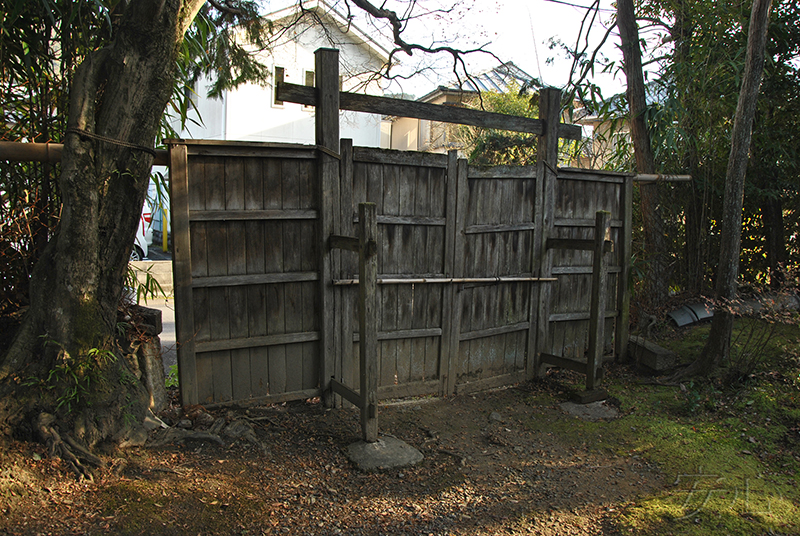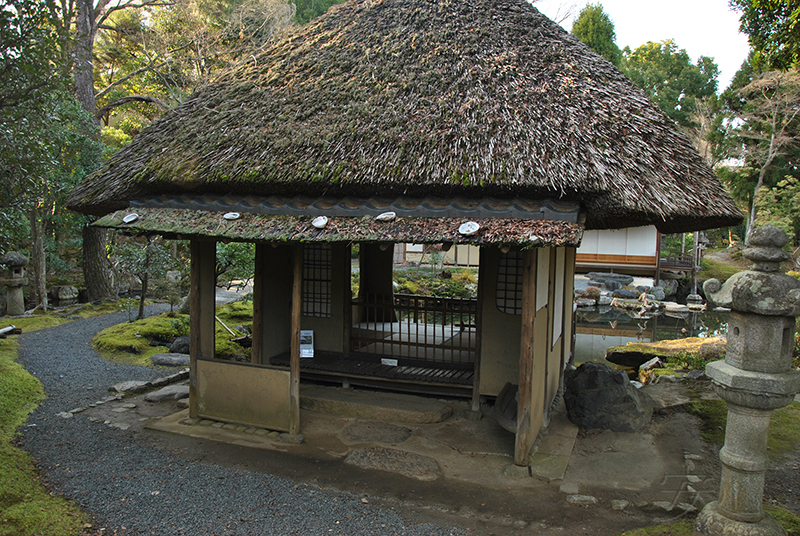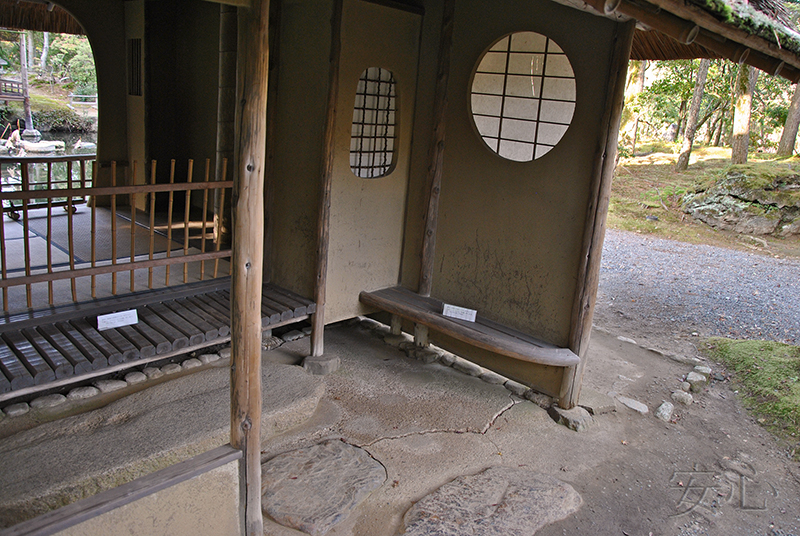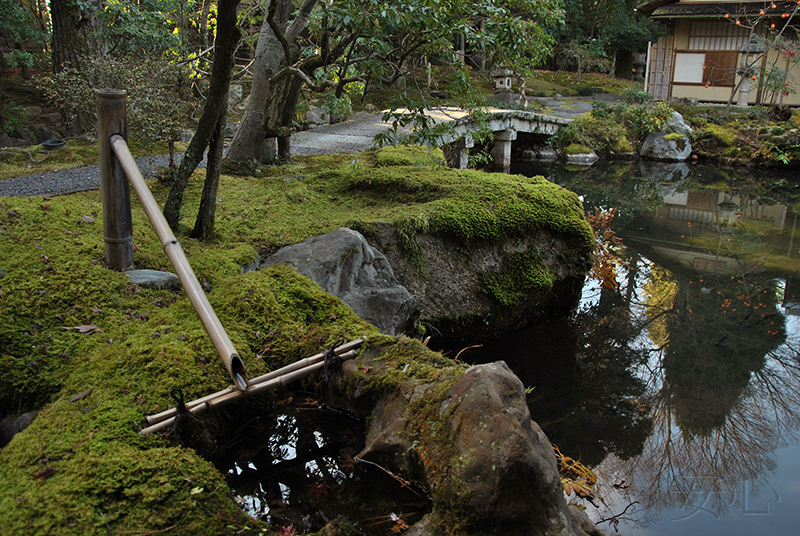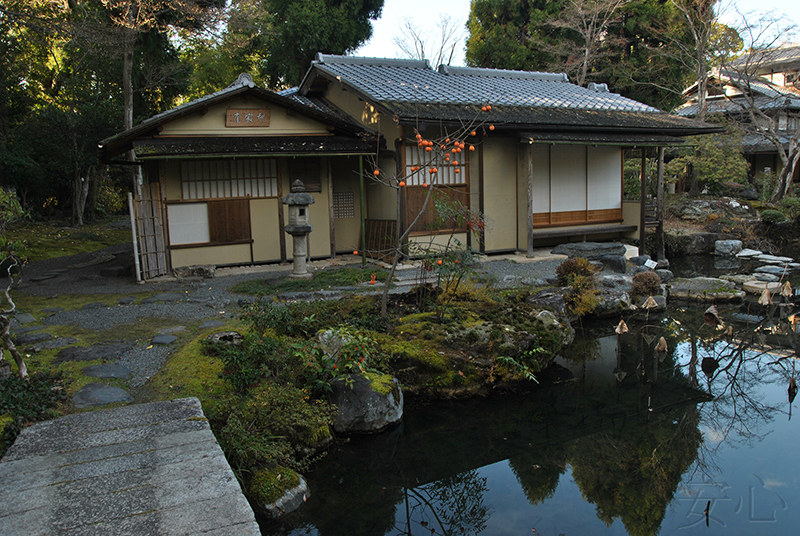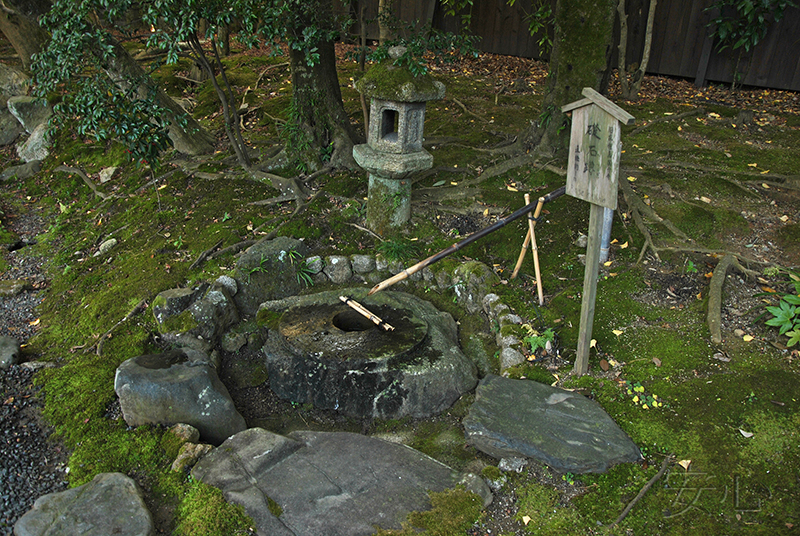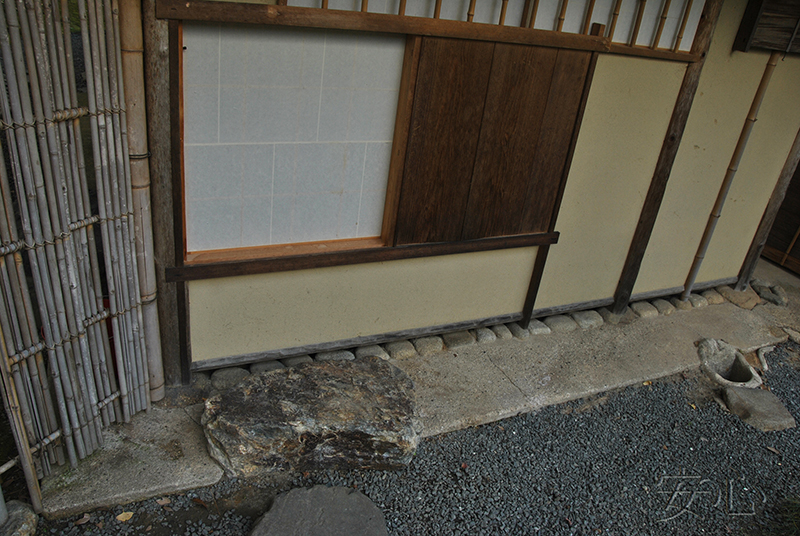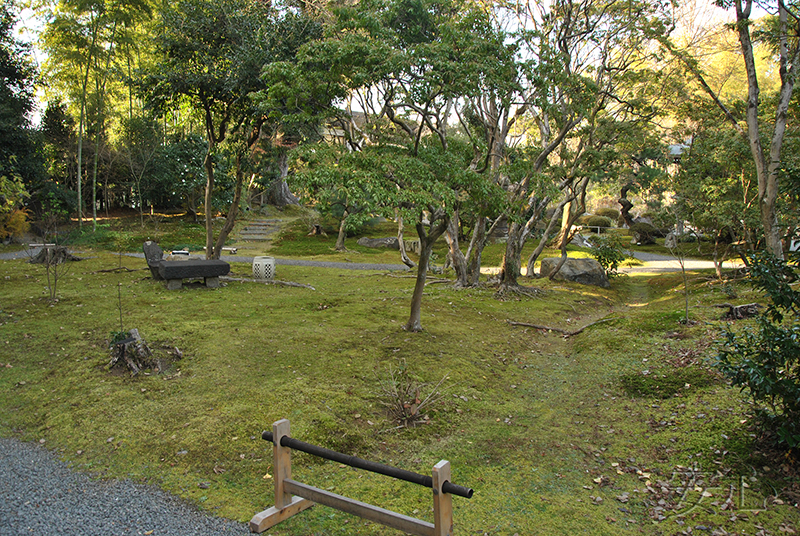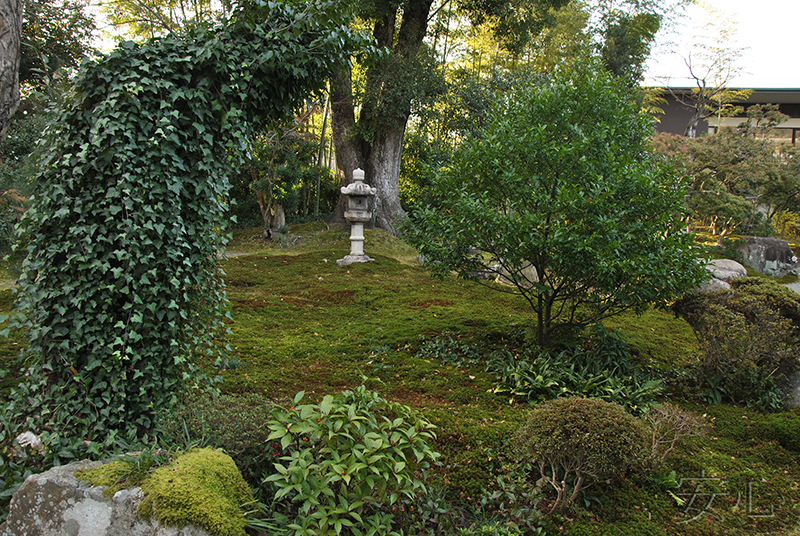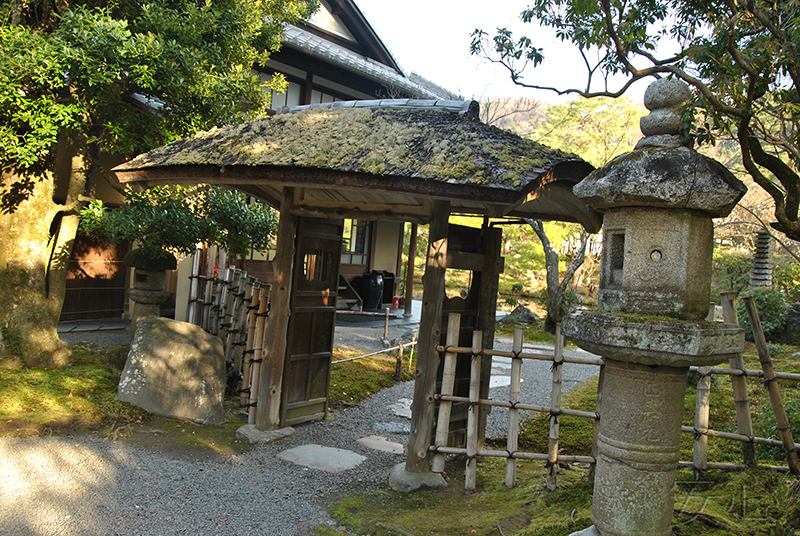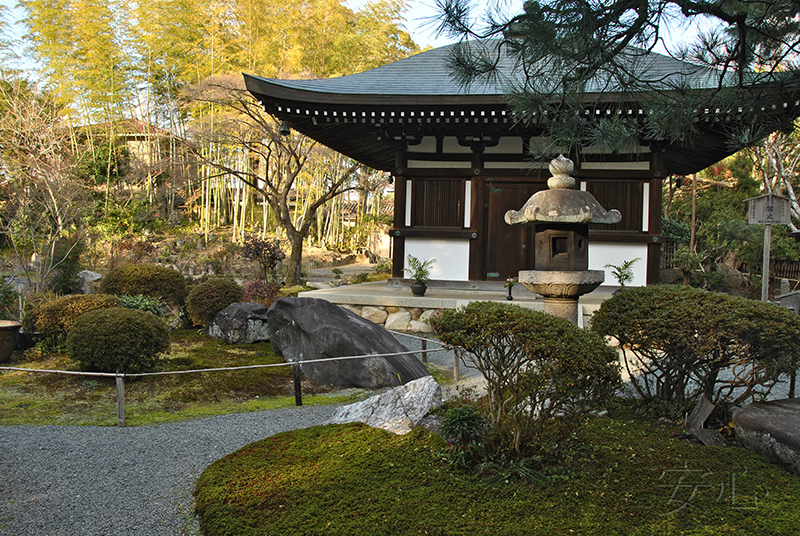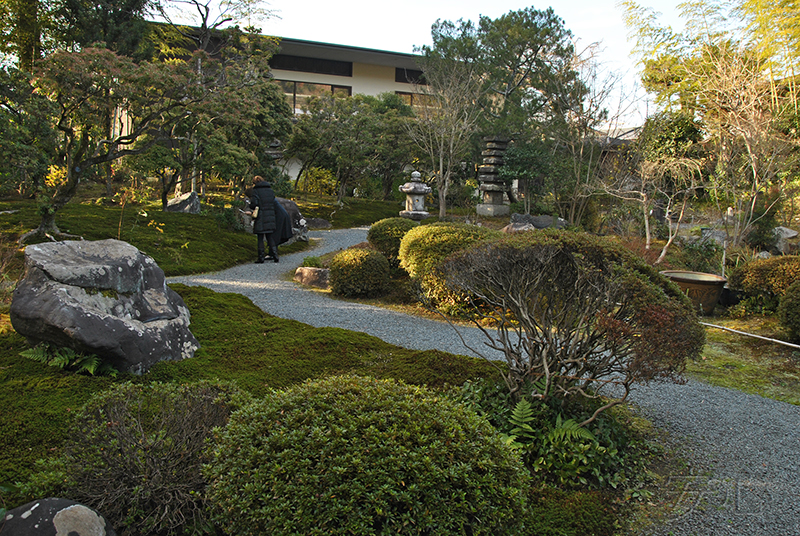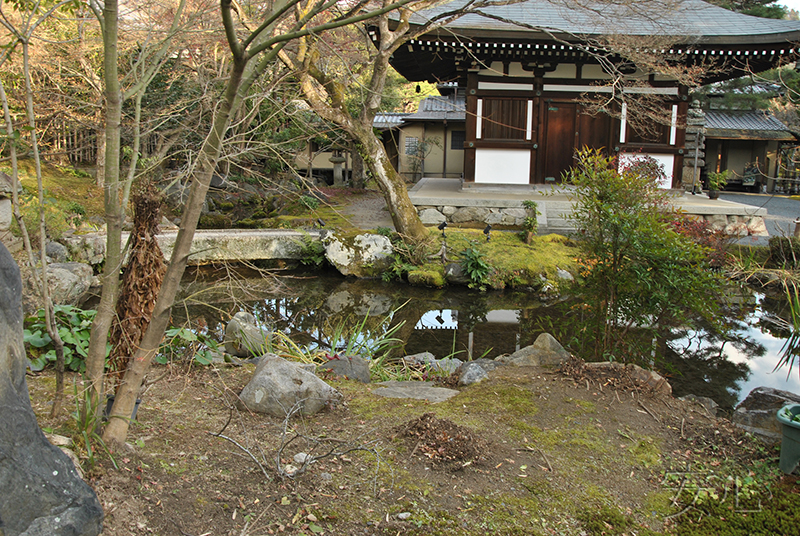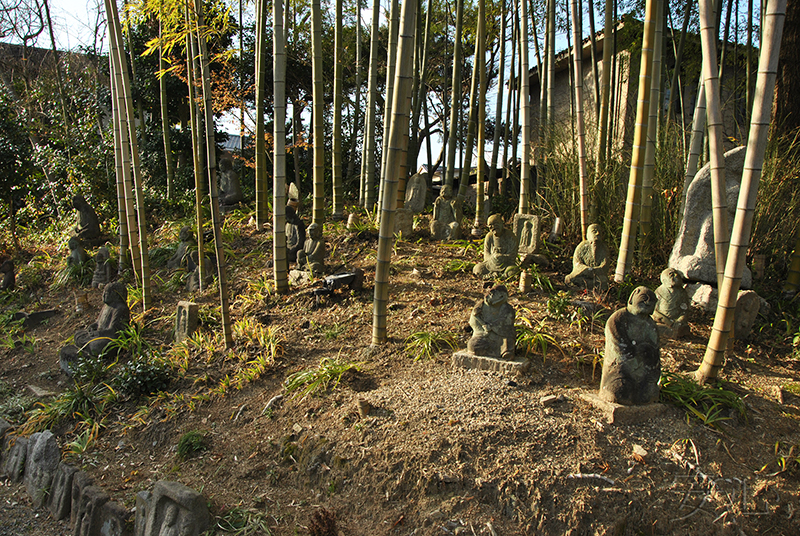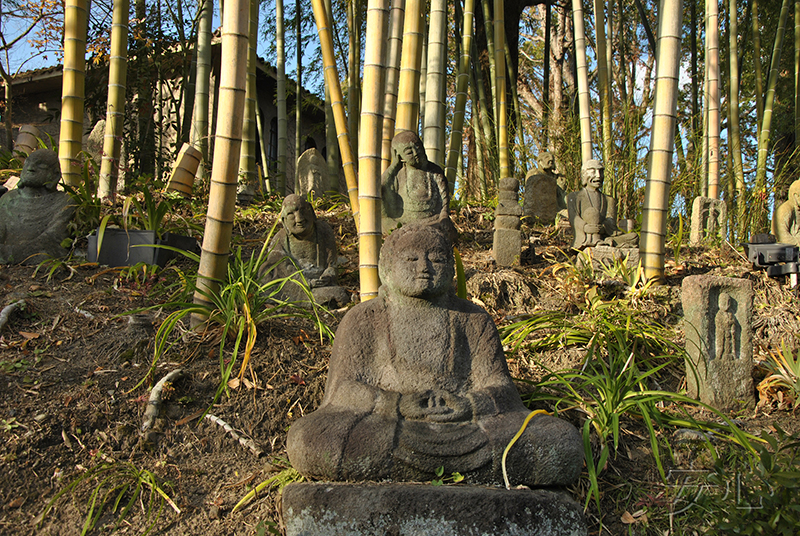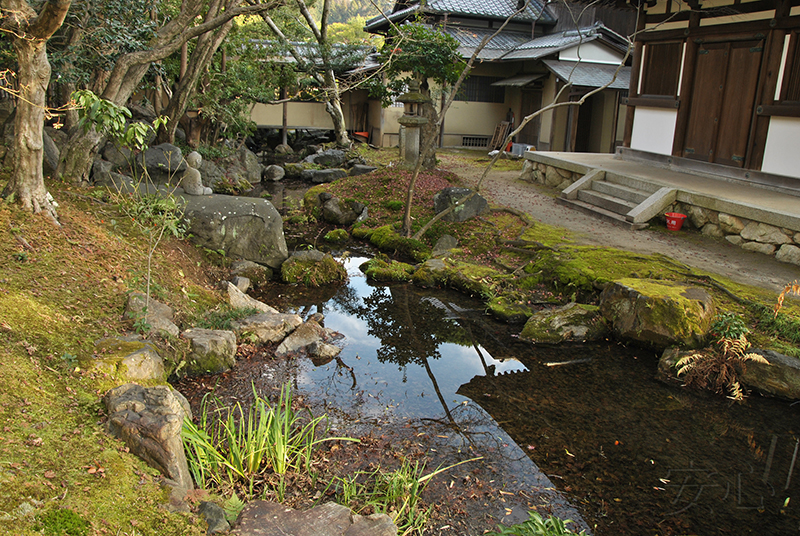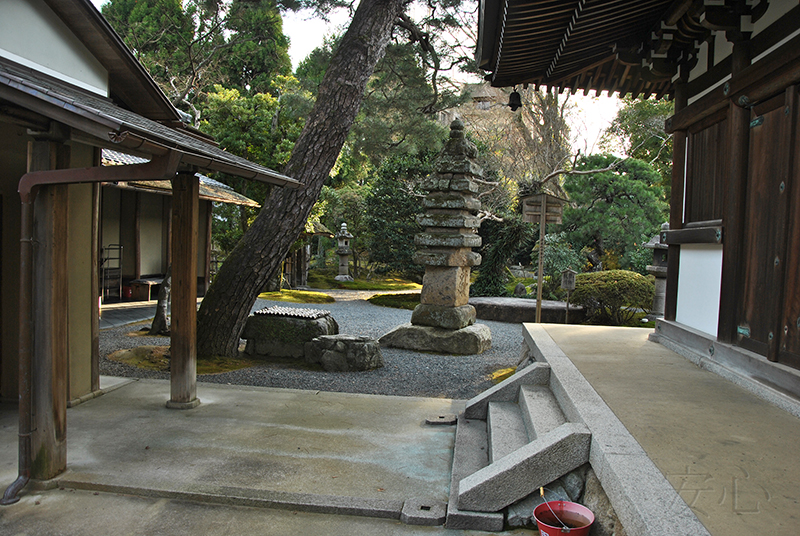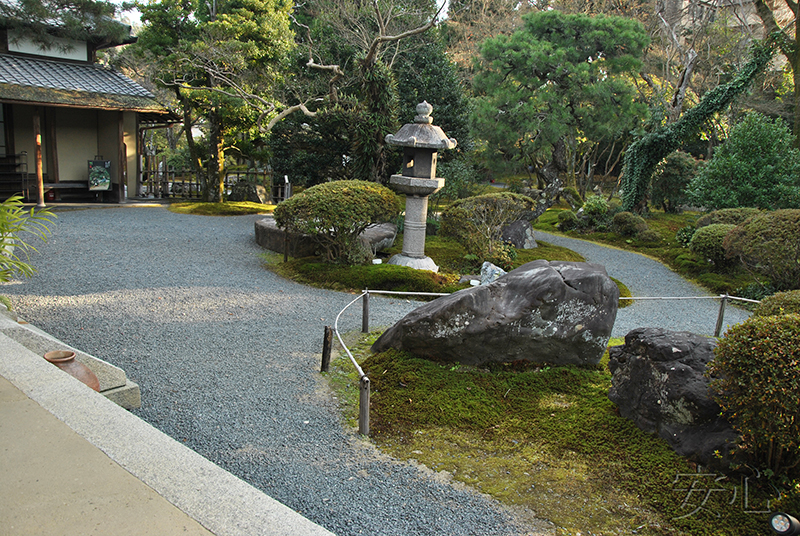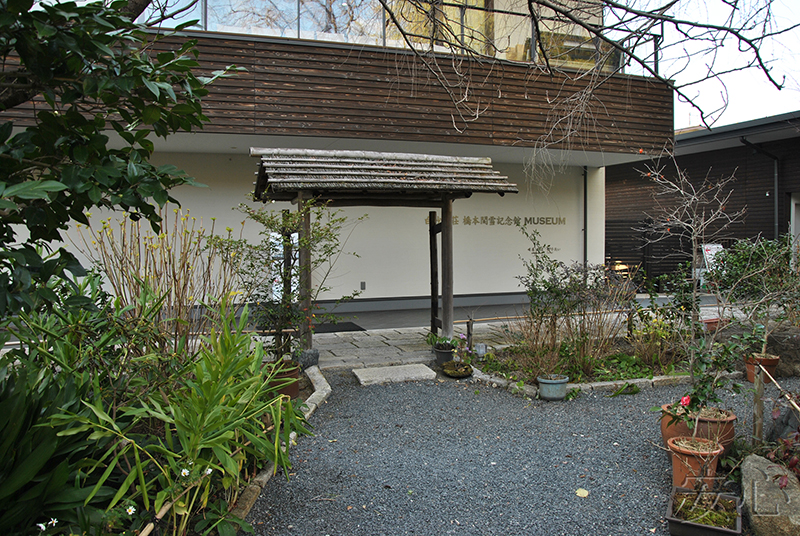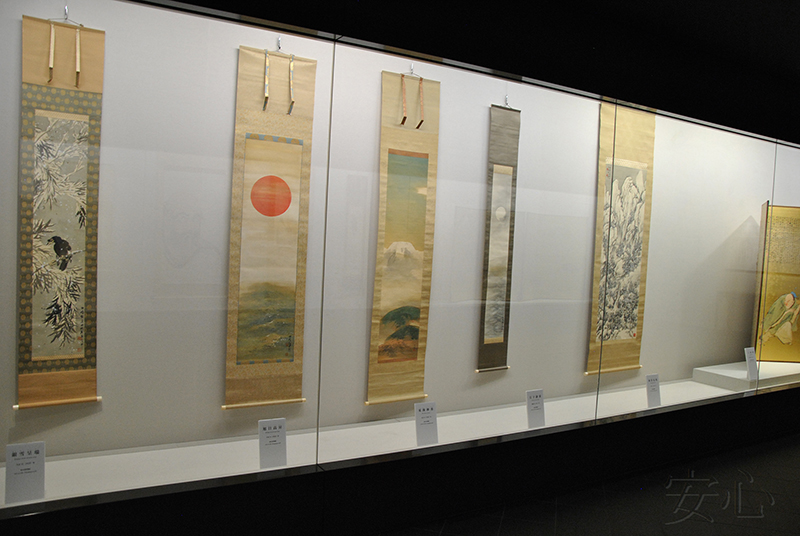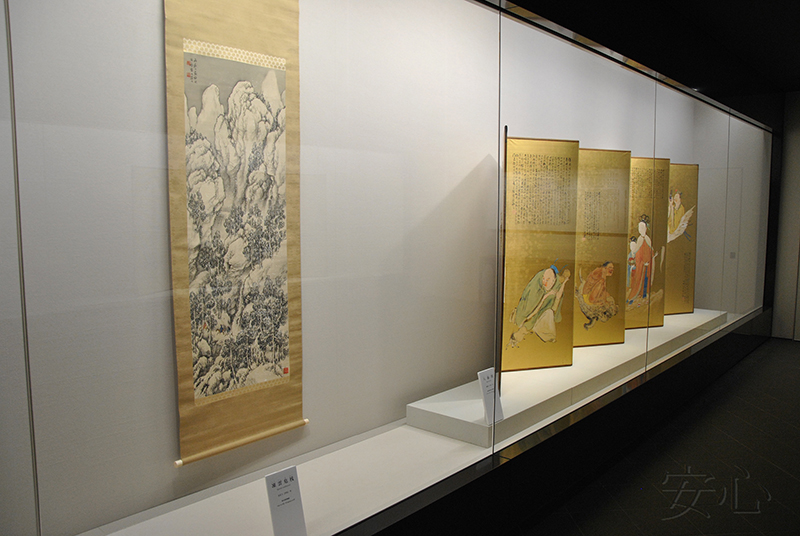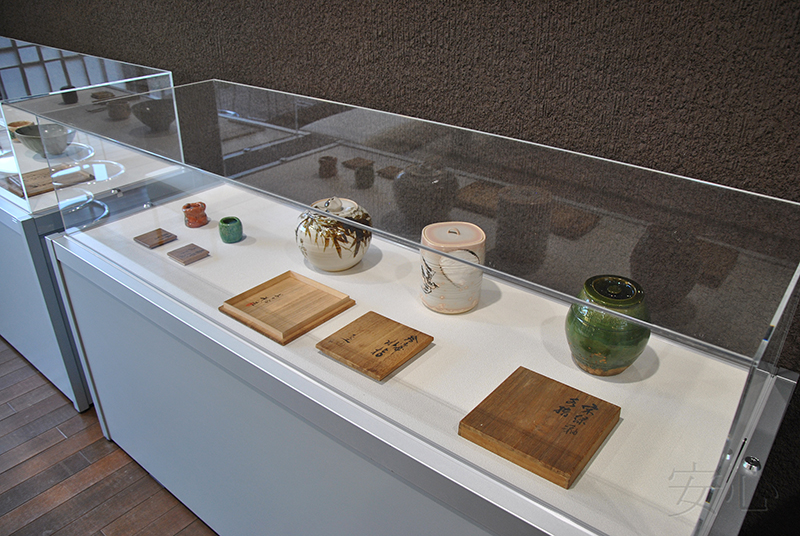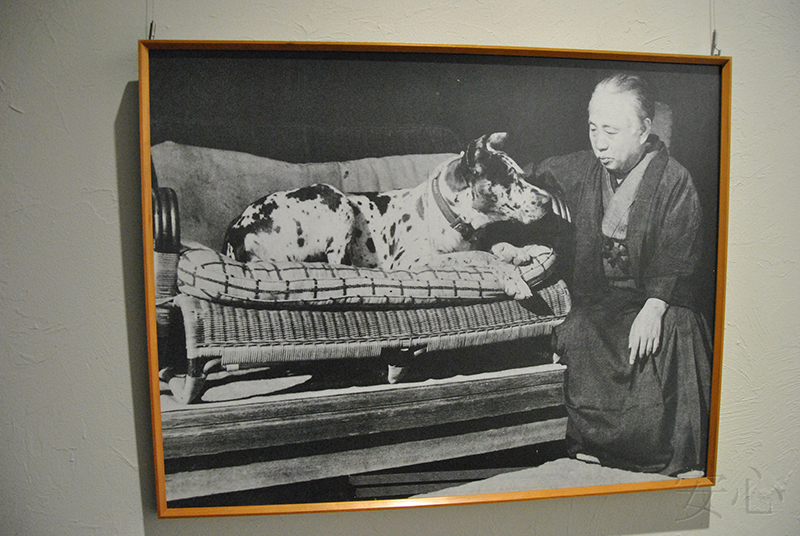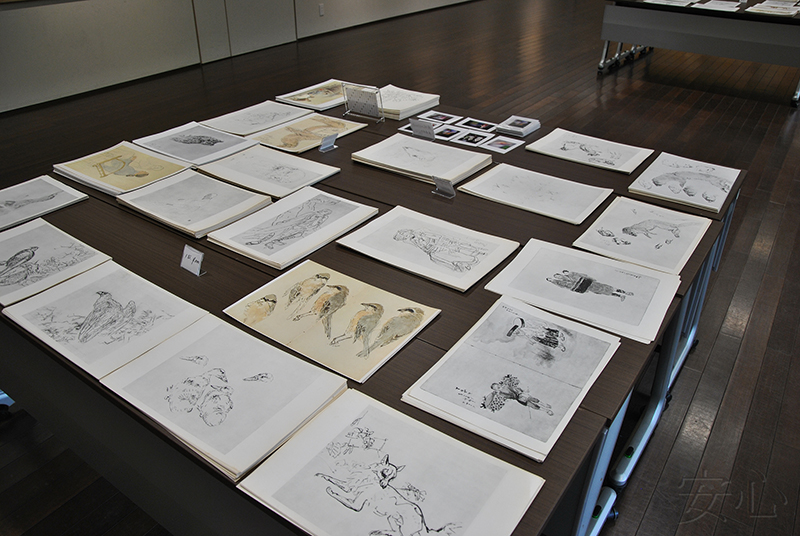
Hashimoto Kansetsu Garden, Kyoto
When I was planning a visit to Shisen-do and Ginkaku-ji gardens, I discovered that next to the second one, within walking distance, there is a little-known garden of the Japanese artist Hashimoto Kansetsu (1883-1945). So right after Ginkaku-ji, we headed there.
Villa Hakusasonso was built according to Hashimoto's own design. He is also the author of the garden. The artist visited China many times, he loved this country very much, and this was reflected in his work. Despite the fact that the garden is Japanese, made in the style of strollen garden (kayushiki), some details indicate the author's passion for China. However, these inclusions are quite organically intertwined with typical Japanese ones, making the garden interesting and original.
For his future estate, Kansetsu acquired an old rice field. On an area of more than 10,000 square meters, he built a house, a workshop for Japanese painting, a tea house, a gazebo, and a Buddhist temple. The garden has many stone sculptures dating from the Heian era to the Momoyama era.
Entering the garden, you need to buy a ticket, the price is quite high compared to Ginkaku-ji, 1,300 yen. However, the ticket notes that in the day of purchase, you can enter an unlimited number of times. Probably, if you really like it ))
The entrance is through an opening in a low bamboo fence.
The first thing we saw at the entrance was a huge stone lantern with an unusual long spire at the top.
On the right is the office where we bought tickets.
As is often happens in a Japanese stroll garden, visitors are unobtrusively guided along a path where they will not miss anything interesting. Therefore, some passages are closed, such as this gate.
We went in the direction of an some structure. Even approaching, you doubt whether it is a wide gate, or an outbuilding.
Particular attention is paid to the stones in the garden. The places are clearly verified, the stones themselves are beautiful and interesting.
A narrow stream flows among the stones.
Then we needed to go through the inner gate.
Upon closer examination, it turned out that hieroglyphs were carved on both the bamboo posts and the roof.
Outside the gate, the path ran along the pond. On the other side was the workshop (Zonkoro).
Here the stream flows into a pond.
Three bridges are thrown over the pond. The first one leads to the workshop.
The second, farthest bridge, goes to the teahouse.
From this place, you can clearly see the teahouse on the other side, which Kansetsu built for his wife in 1932. True, only the first part, Isui-tei, is clearly visible, but Keijaku-an is almost entirely hidden.
The first tea house, Isui-tei, is larger and consists of a tea room itself and a waiting bench. Although in this case it looks more like a bench for admiring a beautiful pond.
From the bench, stepping stones lead across the pond to the shore. In winter we didn't dare to cross them. And the warning sign also makes you think.
The tea room also overlooks the pond. There is a fairly wide balcony, participants of the tea ceremony can go out on it and admire the garden. Isui-tei is intended for sencha tea ceremonies, where great attention is paid to the convenience of guests and the possibility of receiving aesthetic pleasure while looking at a beautiful garden.
In addition to the pond, the gazebo on the opposite side is also visible from the tea house.
Let's go back to the bridges. The third, narrowest bridge leads us further to the gazebo (Nyoho tei), built in 1920. Next to it is a narrow stone pagoda, consisting of nine parts.
And behind the gate is a modern street.
The gazebo and tea house are set opposite each other across the pond.
The view is really beautiful. What I liked the most about this winter landscape were the orange persimmons on the tree looking like bright lanterns.
The gazebo itself is divided in half; these parts are separated by a symbolic fence. The main room overlooks the pond, and a small compartment with a bench is turned to the other side.
For a long time I couldn't understand how to enter the main part, where, apparently, tea drinking takes place. They don't step over the hedge, don't they!? And then I noticed a small entrance on the side - nijiriguchi. This is such combination of matcha and sencha tea house elements!
Next to the tea arbor is a tsukubai. The stone bowl was almost completely covered with moss.
The tea house, as I already mentioned, consists of two parts, and they have different names, although in fact they are one building. Their purpose is also different. If Isui-tei is used for sencha tea ceremonies, Keijaku-an is used for matcha tea ceremonies. This style called cha-no-yu originated in Japan in the 16th century, and the main thing in it was not pleasure, but detachment from the world, cognition of oneself, achievement of a special state. Such tea houses were small, simple, there were practically no windows, and the door was a small hole where you literally had to crawl on your knees. By this, the participants of the ceremony seemed to equalize, forgetting the ranks and titles.
There is also a tsukubai on this side, next to the teahouse.
And here you can see the entrance to the tea house.
After admiring the pond and tea houses, we went on.
And then there was a rather strange garden, the purpose of which was not clear to me. In the middle there were a stone table, a chair, and some kind of kegs. And only later I found out that this is also the entourage for drinking sencha in the garden in nature.
A keg is a Chinese ceramic chair. As I mentioned above, Hashimoto Kansetsu was a fan of China, and such kegs found a place in his garden.
Also we saw a lot of lanterns and small stone sculptures in the garden.
But still, this part of the garden didn't impressed us so much. I liked the gate to the house though.
Soon we found a small temple with Buddha statue inside.
To the left of the temple is a pretty well-kept garden.
On the right is the workshop building.
Here are also many beautiful stones. This one, for example, has a small lake.
There is a small pond in the backyard.
The gate is guarded by a pair of rams.
And a little further we found a hill with many small sculptures.
Closer to the outbuildings, the pond narrows and becomes shallower. But there are statues too.
This part of the garden is made in a natural style and seems a little neglected in winter. It contrasts strongly with the area in front of the temple, where purity, severity of forms and minimalism reign.
At the end, we decided to look into the museum, which was opened not so long ago, in 2014. Here is a collection of Japanese paintings.
There are also ceramics.
Among the paintings on the wall, we noticed a portrait of the owner of the estate, Hashimoto Kansetsu.
The drawings on the tables are apparently for sale.
Hashimoto Kansetsu's garden seemed very interesting to me. However, I think it was not a good time for visit. A lot of uncleared foliage, uncut perennials, in some places the garden seemed untidy. But I'm sure from spring to fall, Hakusasonso must look great. In December, our imagination was shocked by beautiful buildings, wonderful stones and many beautiful details. Wandering around the garden, looking at every little thing, was extremely interesting and informative.
Garden Information:
Address: Jodoji Ishibashicho 37, Sakyo, Kyoto, 606-8406
Opening hours: from 10 a.m. to 5 p.m. (entrance until 4.30 p.m.)
anshin©2011All rights reserved. When using the materials of the site, reference is obligatory.
Proposals for co-operation, as well as comments and suggestions on the site please send to the address: anshinsad@gmail.comtel: +7 (965) 121-80-60, 10am-20pm
